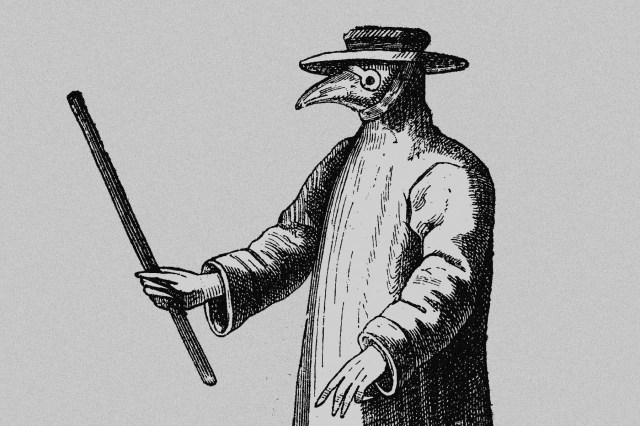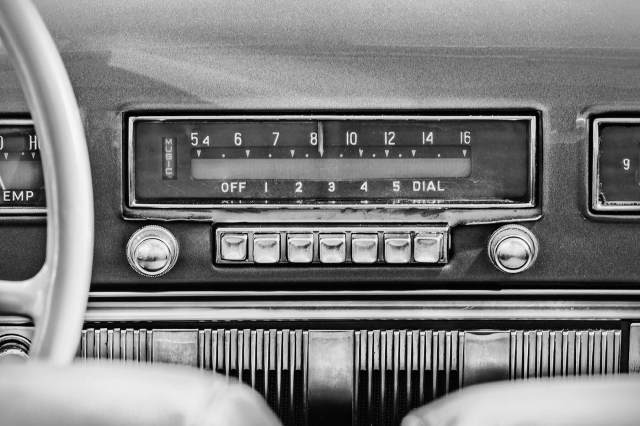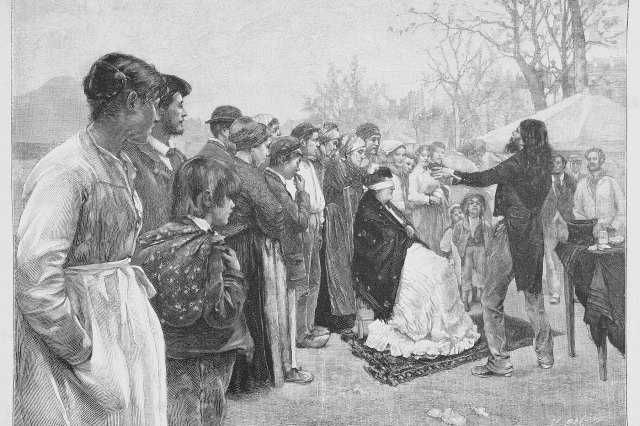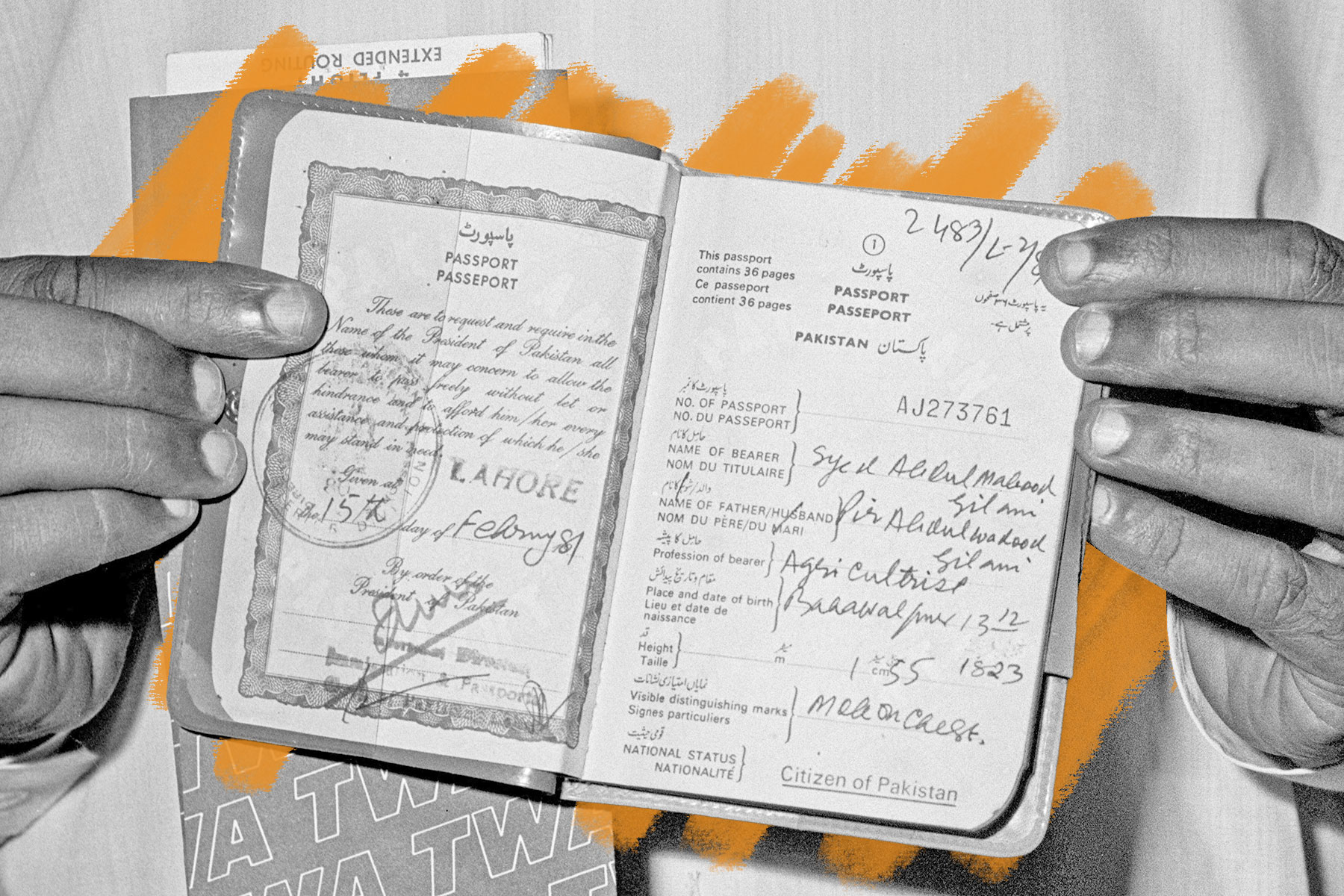The earliest passports used written descriptions instead of photos.
Imagine trying to pass through border security when all you have to prove your identity is a piece of paper that says “brown hair and freckles.” While that wouldn’t fly today, it’s typically how things worked before passports had photographs. Early passports simply included details such as the holder’s name and the location they were traveling; photography wasn’t invented until the 1820s, and it took many more years for the technology to allow for easy passport photographs. Then around 1825, U.S. passports began to include written descriptions of the subject’s facial features, such as their eyes, forehead, and nose, to help aid in identification, and other countries followed suit.
Though you’d occasionally find someone who described their nose as “Roman,” many passport applicants listed their features as “average,” thus rendering those descriptions rather unhelpful. What’s more, these physical descriptions were occasionally altered by officials to be less flattering than in the eyes of the applicant. One man who described his face shape as “intelligent” on his application was dismayed to find that it was later changed to “oval” by a government official.
In 1914, the year World War I began, many countries began mandating more secure passports with both photos and descriptions, as governments feared potential espionage. In 1920, the League of Nations established a set of global passport standards, requiring the use of photographic identification. These increased security measures led to a whole set of new issues, as many people viewed passport photos as demeaning and comparable to mugshots. Some border officials were also unprepared for changes in a person’s physical appearance — in one instance in 1923, a clean-shaven Danish man was required to regrow the mustache from his passport photo before he was allowed to leave Germany.
You may also like
Recommendations For You
-
01.
 Science & Industry
Science & IndustryWhy Did Doctors Wear Beak Masks During the Bubonic Plague?
-
02.
 Science & Industry
Science & Industry5 Inventions That Came Out of the Great Depression
-
03.
 Science & Industry
Science & Industry6 Amazing Breakthroughs Made by the Ancient Greeks
-
04.
 Science & Industry
Science & Industry6 Shocking “Scientific” Beliefs From Victorian England











